The Austin Healey 3000 12 port head issue
Why does the BJ8 require so much ignition advance?
The Austin Healey 3000 BJ8 factory specs show that the BJ8 requires more static ignition advance than any other Austin Healey 3000. And it also has more distributor advance.
As the distributor is driven at half engine rpm, you need to double the distributor cam maximum advance to get engine advance.
The 3000 MkIIIA BJ8 distributor 40966A has an 18 degree distributor cam - so that's 36 degrees of engine advance in the distributor.
The 3000 Mk I and II models (using a DM6 40662A, or 25D6 40920A, distributor, depending on model) both have a 15 degree distributor cam. So that's 30 degrees of engine advance in the distributor.
The static advance on the earlier 12 port head 3000's is 5 degrees BTDC; and the static advance on a BJ8 is double - i.e. 10 degrees BTDC
That means the pre BJ8 12 port 3000's have a total advance of 35 degrees (30 engine degrees in the distributor, plus 5 degrees static).
The BJ8 however, has 46 degrees of total advance (36 engine degrees in the distributor, plus 10 degrees static). That's 11 degrees more!!.
Why? When Peter Molloy was rebuilding my BJ8 engine, he noticed something quite significant. The spark plugs in my AEC960 casting head, although they were fully seated, didn't protrude into the combustion chamber. A standard spark plug on any other Weslake designed cylinder head has the threaded metal shell of the spark plug body flush with the combustion chamber.
So here are some pics. NOTE - exactly the same NGK B8EGV racing spark plug was used in every combustion chamber picture below:
BMC A series cylinder head 2A629:
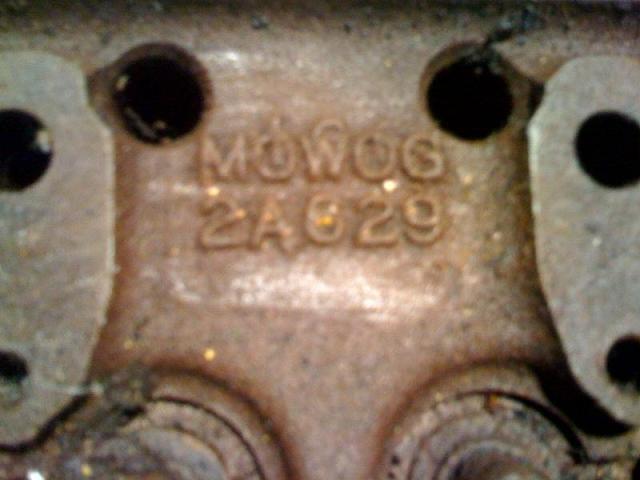
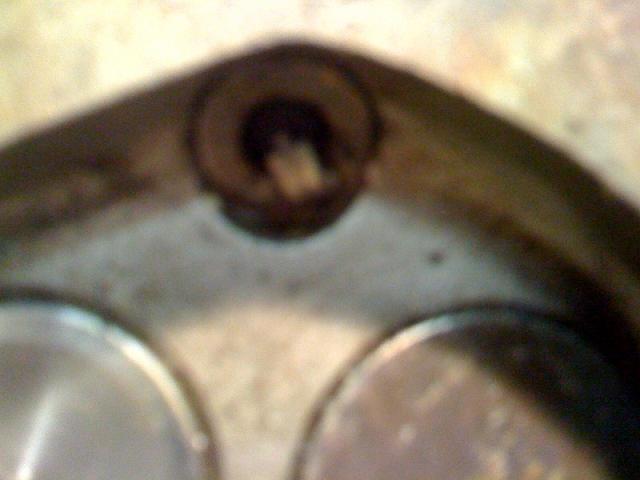
Above: Spark plug in combustion chamber of BMC A Series 2A629 head.
Early Healey 100/4 BN1 cylinder head 1B1707
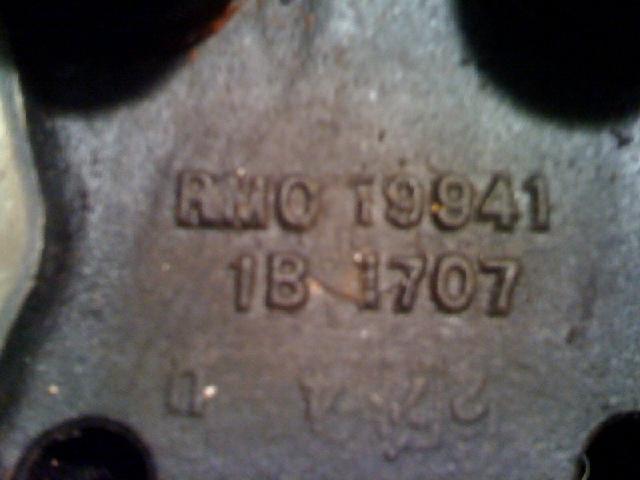
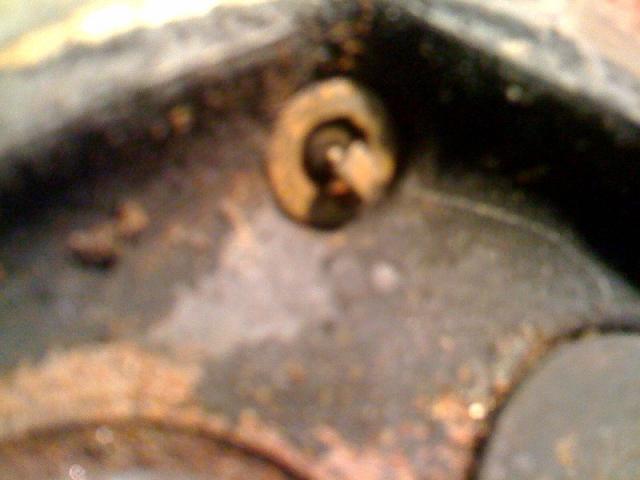
Above: Spark plug in combustion chamber of Early BN1 1B1707 head.
Austin Healey 3000 cylinder head casting AEC960.
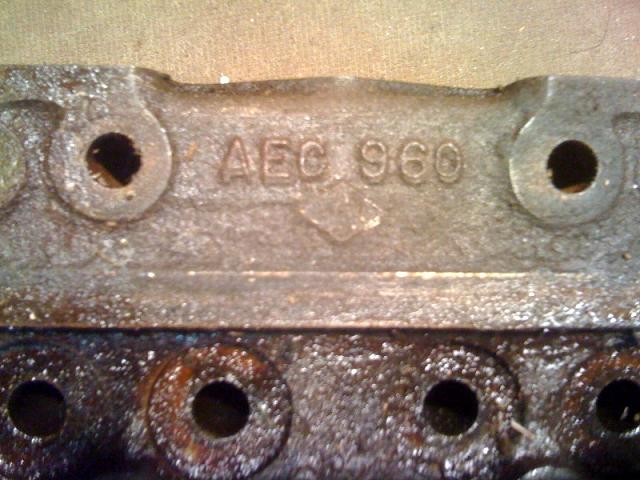
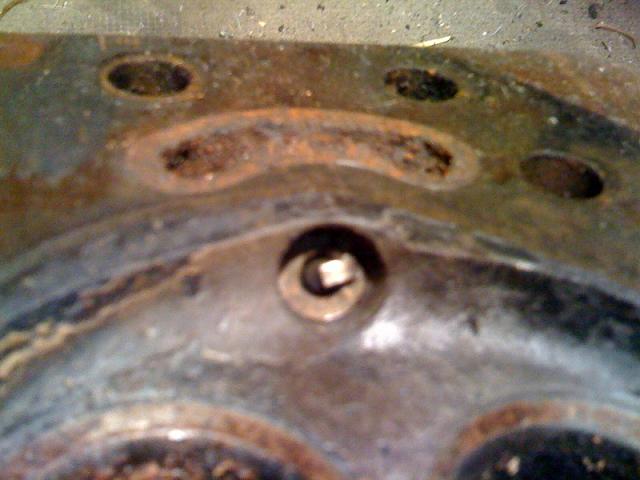
Above: Spark plug in combustion chamber of Healey 3000 AEC960 casting head. See the difference?
Is AEC960 is a PART number - or is is a CASTING number? [Confimed by Olin - it's not the BJ8/ BJ8 part number] If it is a casting number, it is therefore possible that this issue is NOT on all AEC960 CASTINGS - as this is a machining issue. The issue is that the six machined recessed spark plug seats (i.e. where the spark plug screws in) were not machined correctly - i.e. not deep enough. I have seen this issue on all three AEC960 heads I own - so I haven't yet seen one AEC960 head casting which has the six spark plug seats machined correctly (i.e. deep enough) - but that doesn't mean there aren't ones which are.... 3 is obviously too small a sample size....
I understand that the earlier 100/6 12 port heads (which the factory alloy heads are based on) ARE machined correctly - but haven't seen one. If you have one lying around, and care to check how far a plug screws in - what you discover...
I incorrectly assumed the AEC960 casting was unique to the BJ8. Apparently, it isn't. So I still don't know why the factory advance specification is so high on a BJ8 compared to a BJ7 or earlier Healey 3000. But one thing is for certain - having the spark plug that far away from the centre of the combustion chamber/ piston means more advance is required - i.e. the plug has to be fired earlier so that spark gets there in time....
So what did I do? Well, firstly we machined the spark plug seats to correctly position the plug in the combustion chamber. You need to measure this depth - mine was machined 12 years ago - so without checking back - I think it was around 100 thou or so. Secondly, as we have triple 45 DCOE Webers, which means no vacuum advance etc. and as the car is engineered for performance, we built some 23D6 (i.e. a non vacuum advance 6 cylinder distributors, as per the works cars) using 8 and 12 degree, 6 Cylinder lucas distributor cams in Cooper S Lucas 23D4 bodies. This gives us 16, or 24 degrees in the distributor, depending on the cam. Then, with appropriate static advance we have the 35 degrees total max advance when the distributor is "all in" at around 3,200 rpm. Any sensible combination of distributor advance plus whatever static is required to add up to 34 - 36 degrees should work (as long as there is enough static advance to start the engine!)
Disclaimer: My Austin Healey engine is engineered for performance, it isn't standard, and if you start making these changes on your bog standard Healey, and don't know what you are doing, you could end up in a world of melted piston pain. Or worse.
This issue was discussed on the Healey mailing list, and many people (over the past 12 years) had no idea what I was raving on about, so I've posted this page, and these pictures, to explain this issue. But I take no responsibility if you follow in my footsteps...
Machining the plug seat so that the threaded metal shell of the spark plug is flush with the combustion chamber was one of the first steps in getting the potential out of the engine; and getting the ignition timing right by changing the distributor was another, and the 300 degree cam, and the triple webers, high lift roller rockers......
The ownership and competition history of the black & white car
- Back to history overview
- The John Sprinzel Healey 3000 Connection
- The Ian Morgan era 1968 - 1973
- The Wally Gates eras 1973 - 1978; and 1987 - 1994
- The Mike Holloway era 1978 - 1987
- The Chris Dimmock era 1994 - present



